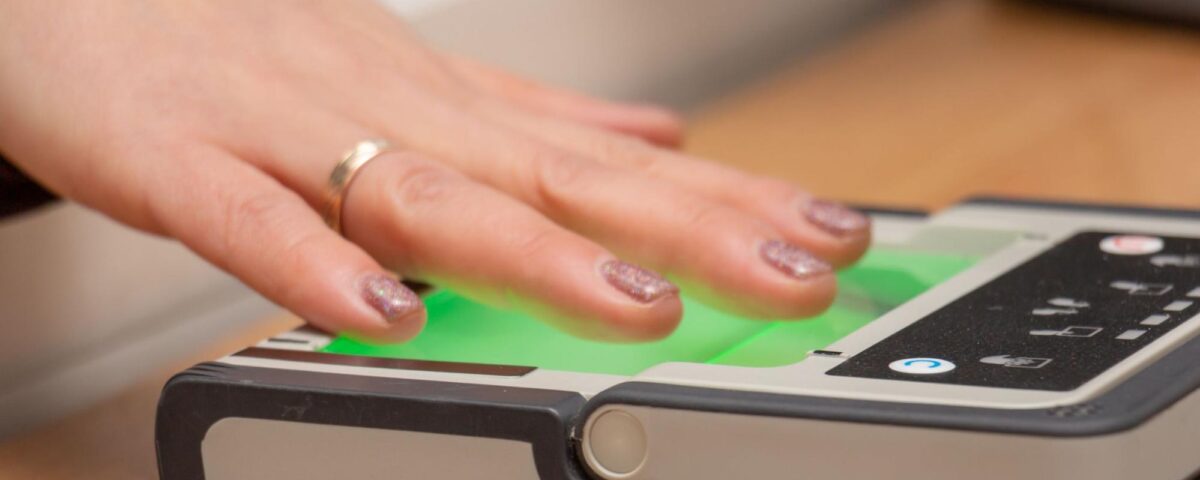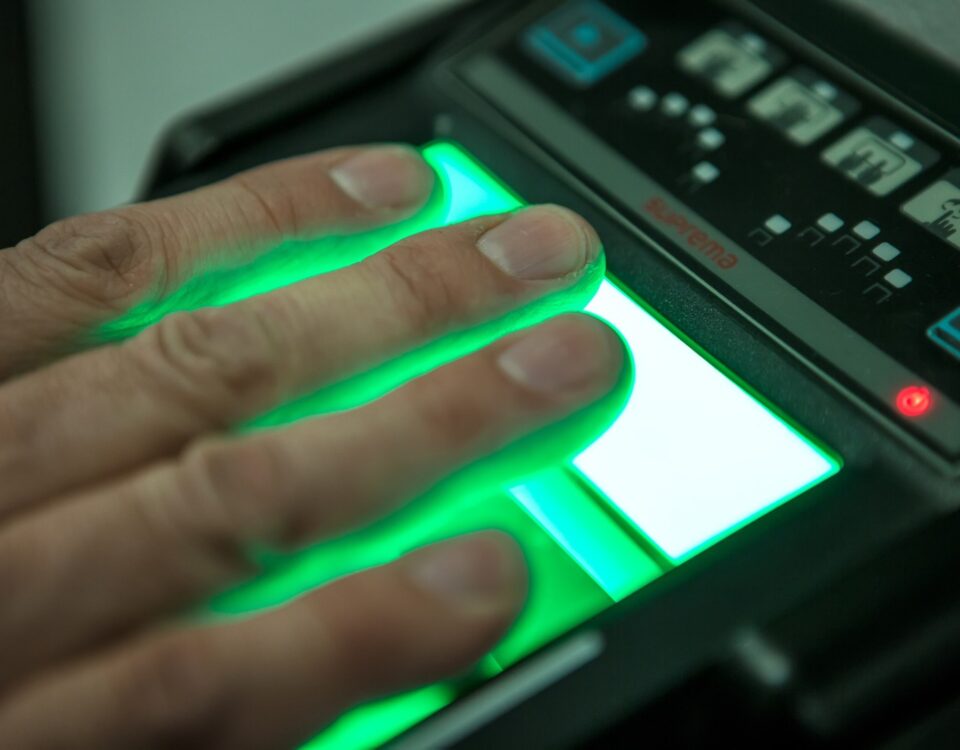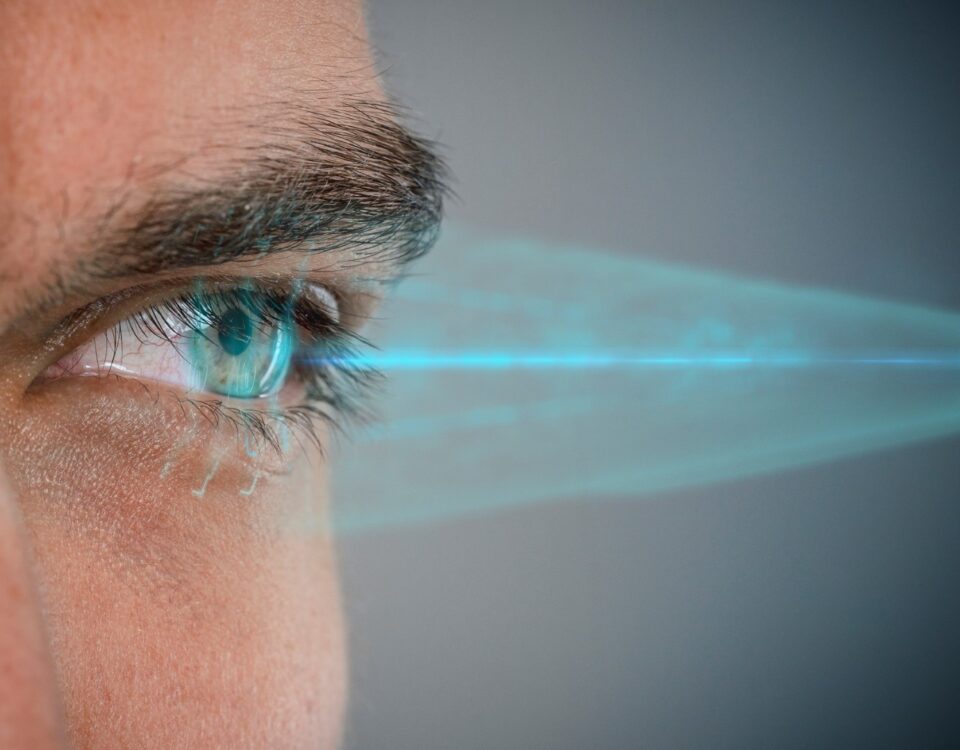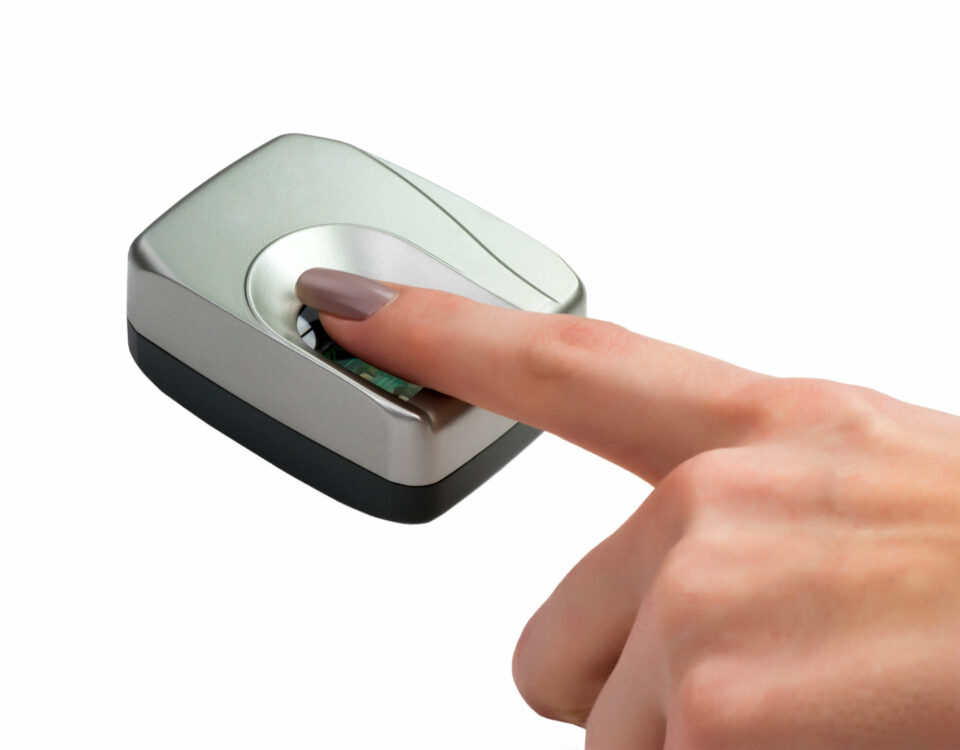The Science Behind Fingerprints and Fingerprint Scans

The science of fingerprints has impacted both technology and criminal justice. From the everyday convenience of unlocking our smartphones to the critical security of border control with biometric checks, fingerprints offer a unique and reliable form of identification and authentication. In this article, we will explore the different types of fingerprints, the technology behind fingerprint scanners and their diverse applications.
Different types of fingerprints
Fingerprints fall into three main categories: patent, latent and electronic.
Patent fingerprints are fingerprints that are already visible to the naked eye. They are created when fingers come into contact with a substance, for example, ink, blood, oil or dirt, and then leave that impression on a surface.
Latent fingerprints are invisible imprints left behind on surfaces when we touch them. These invisible traces of oil, sweat and other fluids carry invaluable information that can greatly impact criminal investigations. These imprints are revealed via different development techniques.
Powder dusting, using fine powders to adhere to fingerprint residue, is effective on smooth surfaces. Chemical treatments, such as ninhydrin and cyanoacrylate fuming, react with amino acids in sweat, revealing prints on porous surfaces. Physical developers are also employed for porous surfaces. Once developed, these latent prints are compared to known fingerprints in databases using sophisticated software for fingerprint matching, a process that analyzes unique patterns and characteristics to identify potential matches.
Electronic fingerprints refer to the digital capture of fingerprint data, typically using a fingerprint scanner. These scans can be stored and used for various purposes, such as access to medical facilities, governmental and residential buildings or for case resolution in police departments.
The technology behind fingerprint scanners
Fingerprint scanners employ various methods to capture and analyze the unique characteristics of an individual’s fingerprint. Below we provide three different types of fingerprint scanners that can optimize various operations for different sectors:
- Optical Scanners: These scanners utilize a light source to capture an image of the fingerprint, similar to a traditional photograph. The captured image is then analyzed by software to identify unique features such as ridges, valleys and bifurcations.
- Capacitive Scanners: These scanners measure the electrical capacitance of the fingerprint, which varies depending on the ridges and valleys. This creates an electrical image that is unique to each individual.
- Ultrasonic Scanners: These scanners emit ultrasonic waves that penetrate the skin and create a 3D image of the fingerprint ridges. This technology provides a more accurate and detailed representation of the fingerprint compared to 2D methods.
The applications of fingerprint scanners for civil and criminal use
Fingerprint scanners have become indispensable tools in both civil and criminal justice systems.
In civil applications, fingerprint scanners enhance security and convenience across various sectors. For access control, they can simplify employee attendance tracking, secure building access to restricted areas, as well as protect sensitive and classified data with the help of fingerprint recognition. In finance, fingerprint authentication can be used for online banking, reducing fraud and offering a better alternative to passwords. Finally, for personal devices, fingerprint sensors enable convenient smartphone unlocking and secure mobile payments through platforms like Apple Pay and Google Pay, improving user experience.
In law enforcement, fingerprint scanners are crucial for criminal identification with law enforcement agencies using databases like AFIS to match crime scene fingerprints to known offenders, linking individuals to criminal activity. In addition, suspect fingerprints are compared to those from crime scenes which can provide accurate evidence for faster case resolution. During investigations, fingerprints are meticulously collected and analyzed to identify suspects and reconstruct events. They also verify witness and victim identities, ensuring testimony accuracy. Furthermore, fingerprint scans are essential for border control, verifying identities and improving security by forbidding illegal border crossing.
Single-finger, dual-finger and 10-finger capture
Fingerprint scanners can be categorized based on the number of fingers captured:
- Single Finger Capture: These scanners capture a single fingerprint, typically the index finger. They are generally more cost-effective and suitable for applications where high-security levels are not critical.
- DigitalPersona 4500, available at Biometric Supply, is a great compact single-finger scanner option, offering excellent image quality.
- Dual Finger Capture: These scanners capture fingerprints from two fingers, requiring two points of verification, making it more difficult to bypass the system with a fake fingerprint.
- Integrated Biometrics Watson Mini, is a dual-finger fingerprint scanner certified by the FBI and based on LES (Light Emitting Sensor) technology that guarantees high-quality scanning.
- 10 finger capture: Such scanners are able to capture all ten fingerprints and are often used in law enforcement and government applications where comprehensive identification is essential.
- Integrated Biometrics Kojak is a good example of a 10-finger scanner as it is ideal for high-volume applications in rough conditions and provides the utmost reliability.
Final remarks
Fingerprint technology is always evolving, with new scanners being developed constantly to improve various civil and criminal tasks. As technology advances, fingerprint scanners are likely to become even more versatile, providing top biometric reliability.




